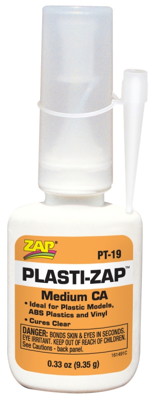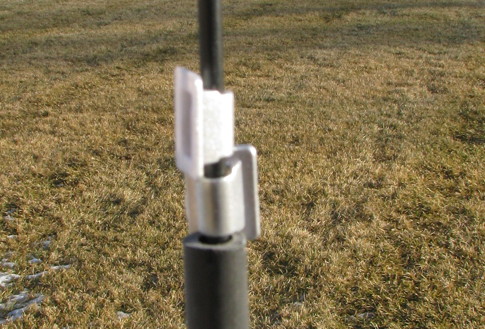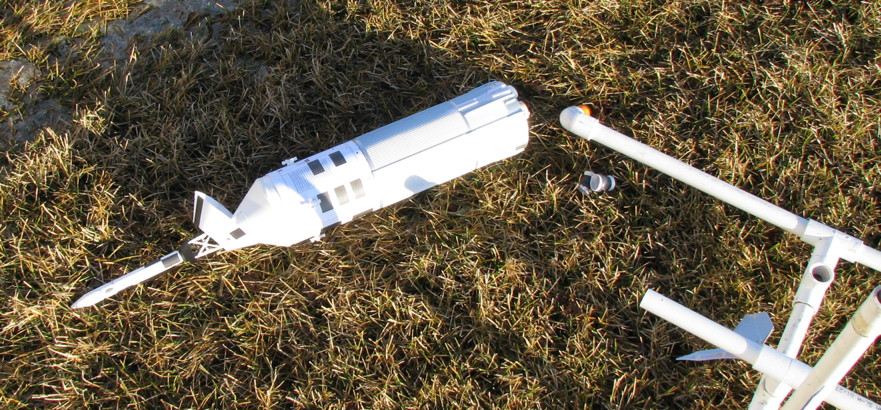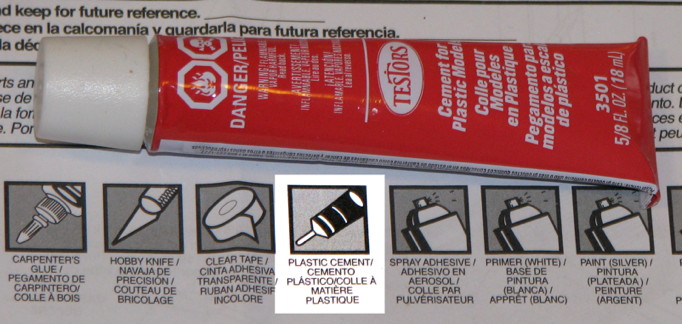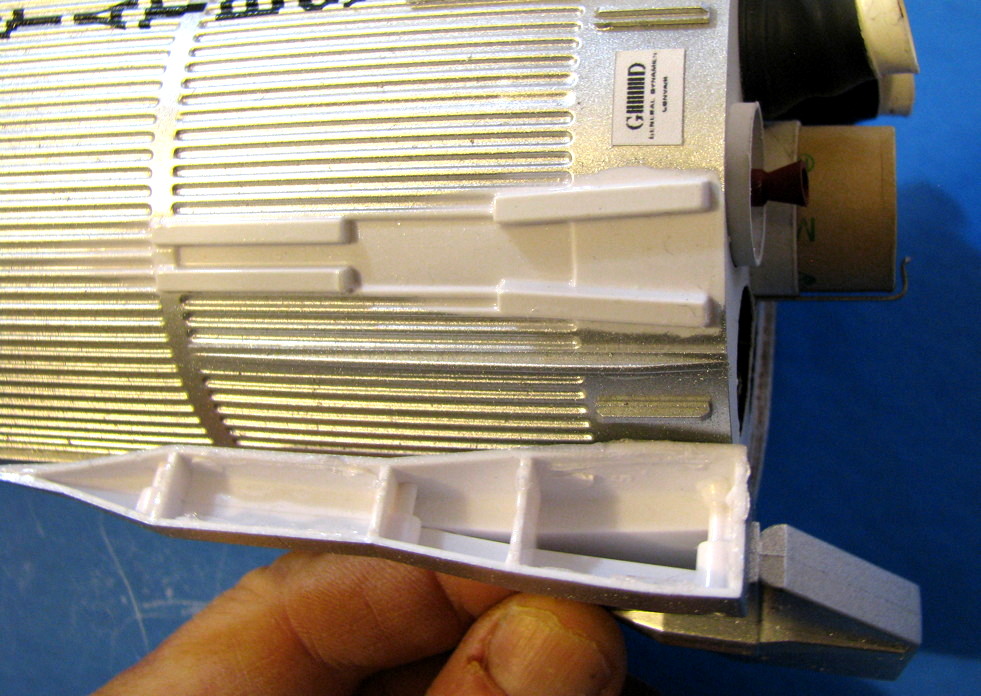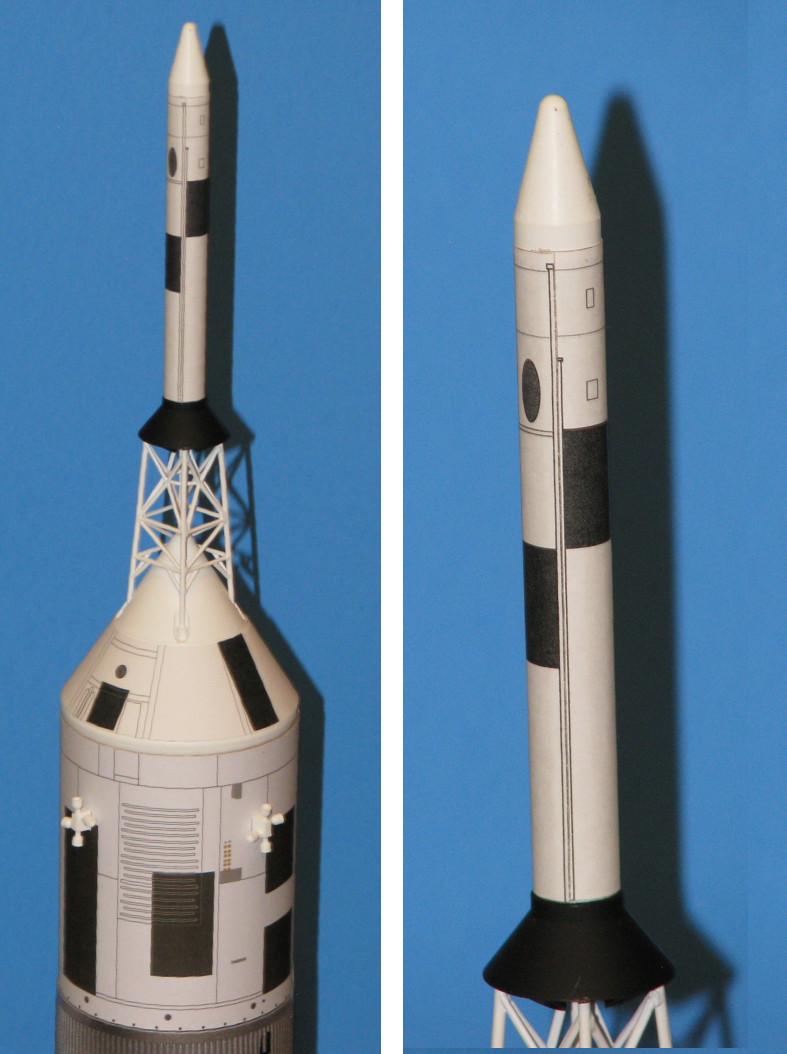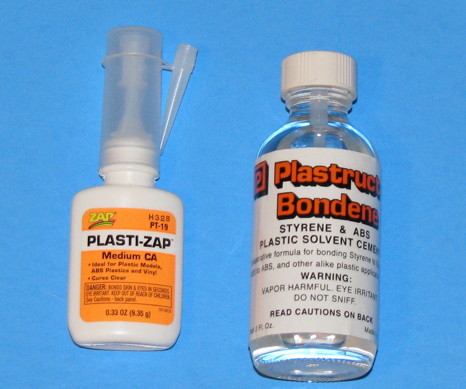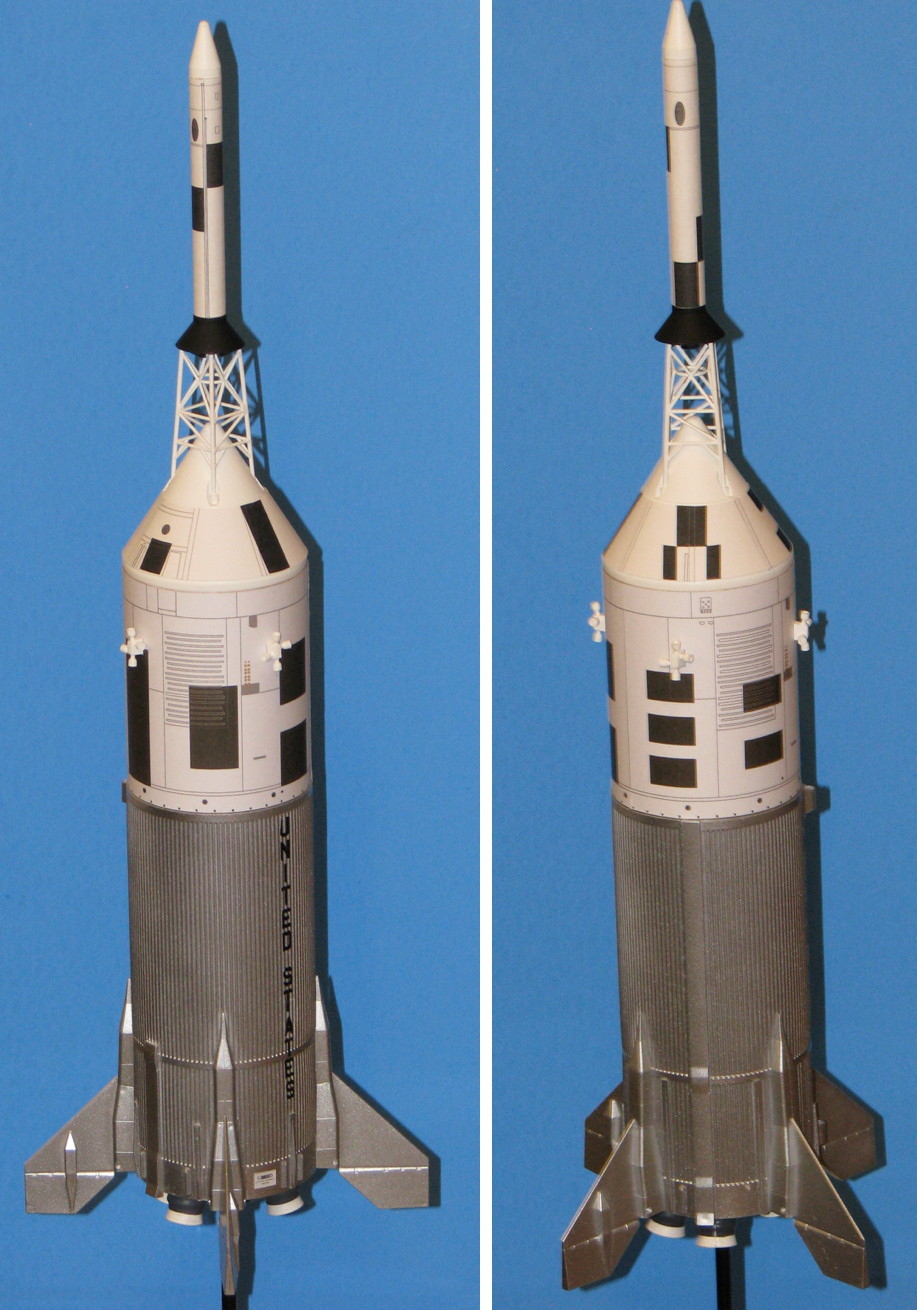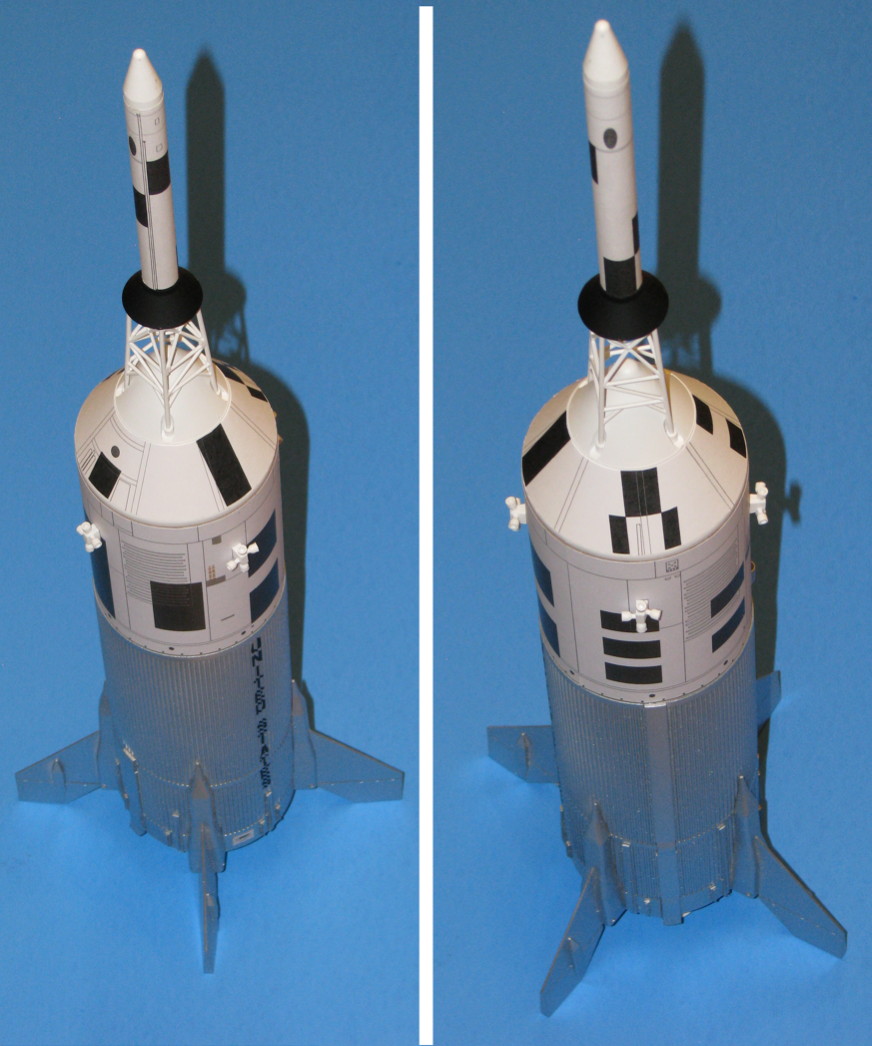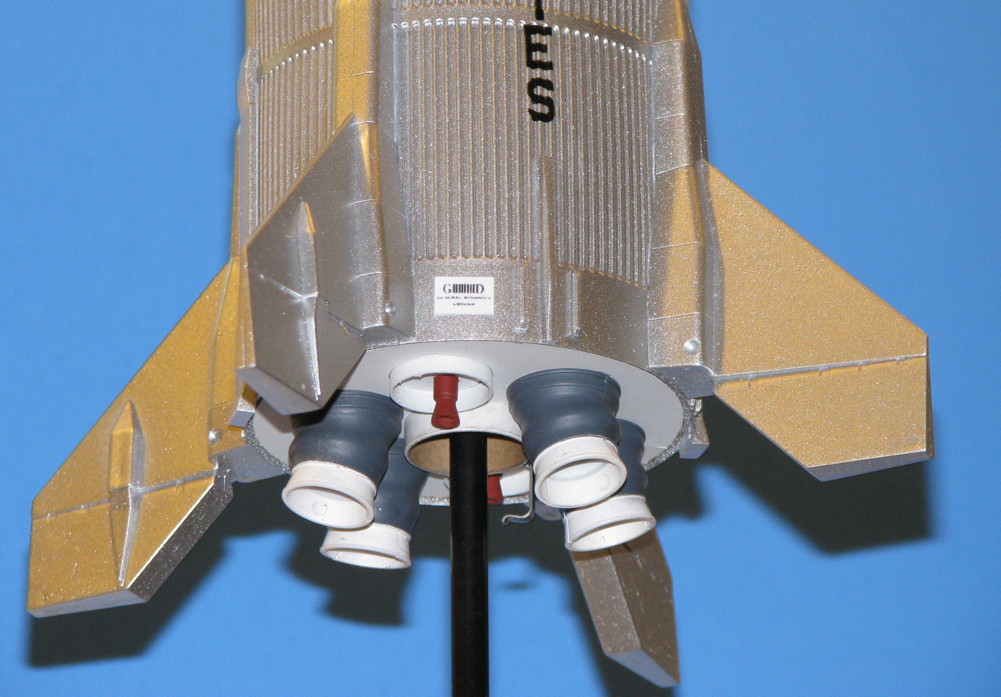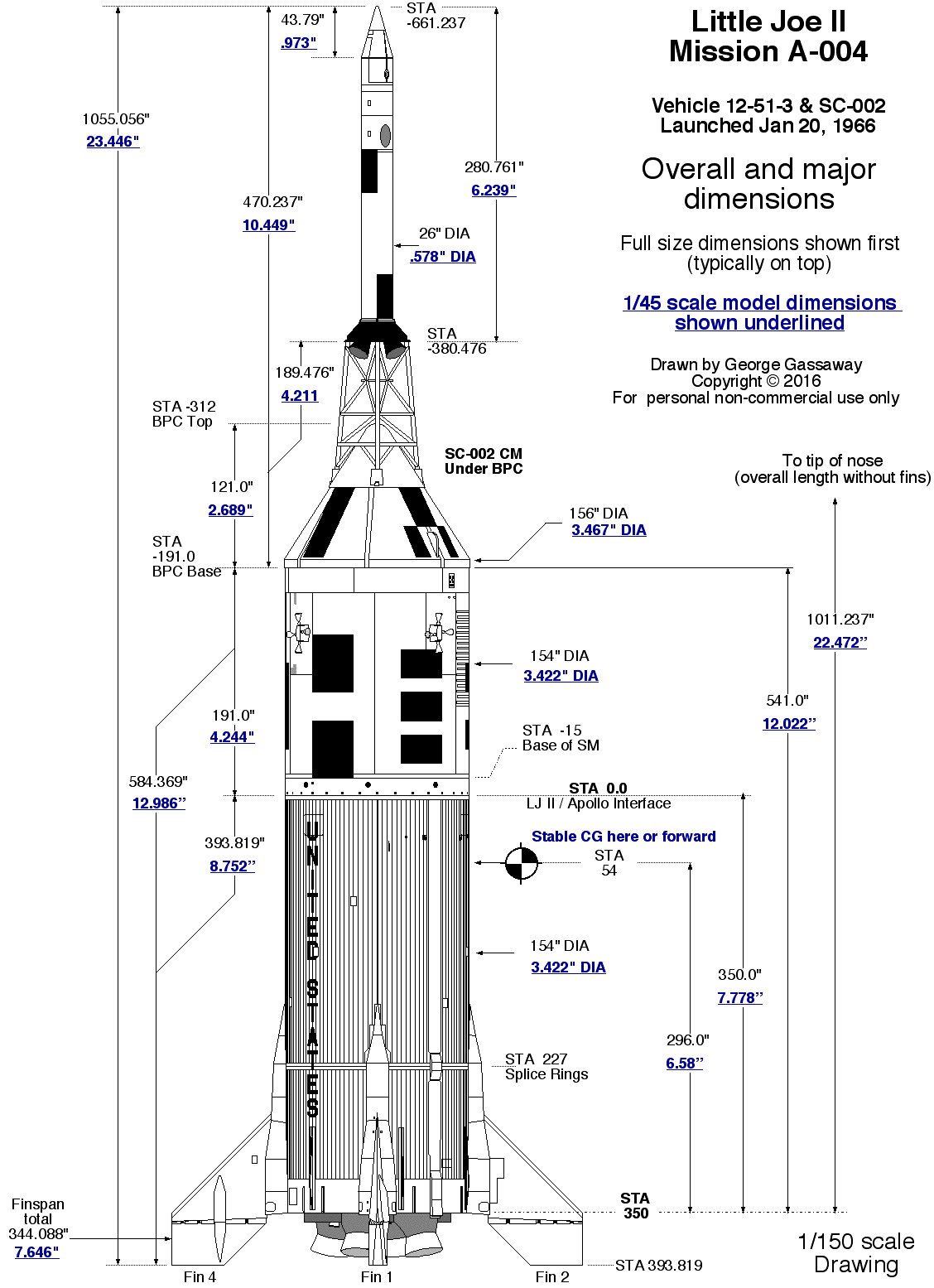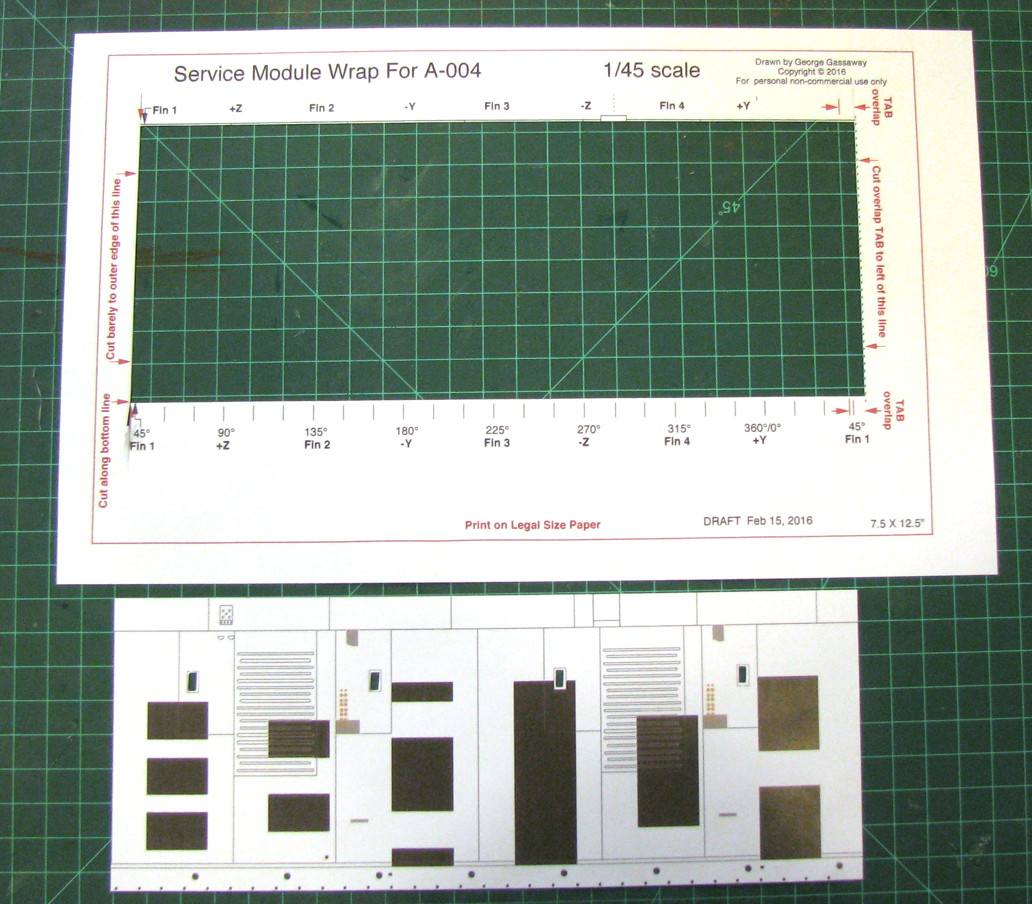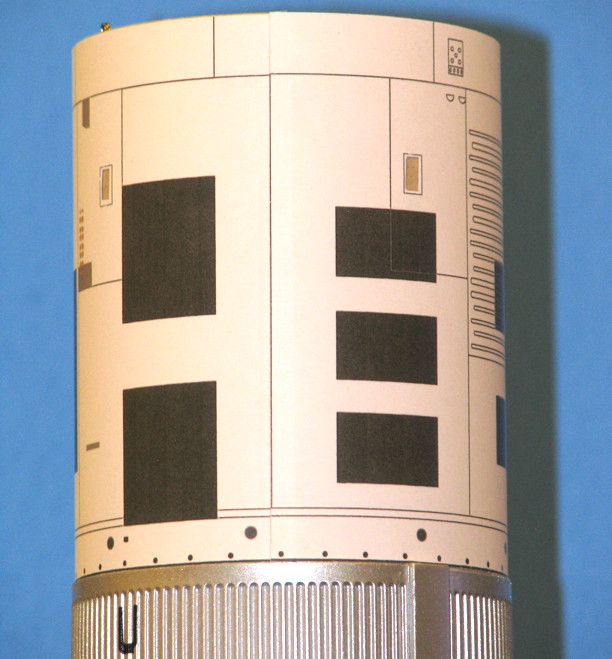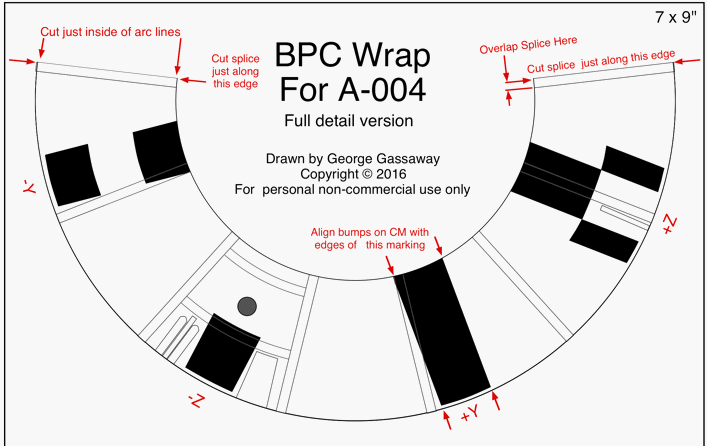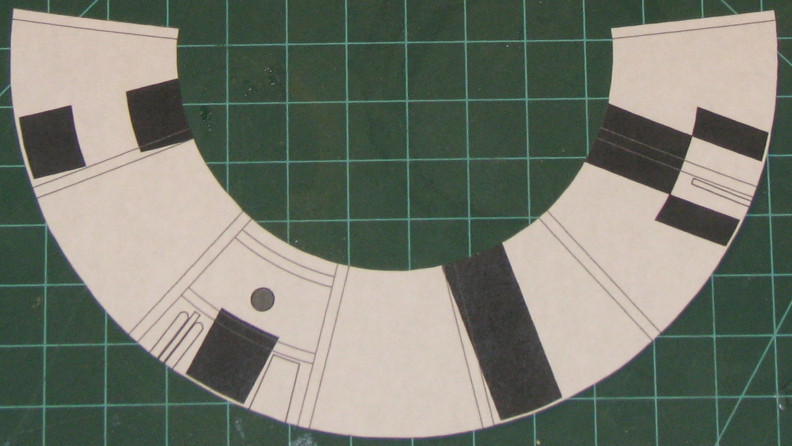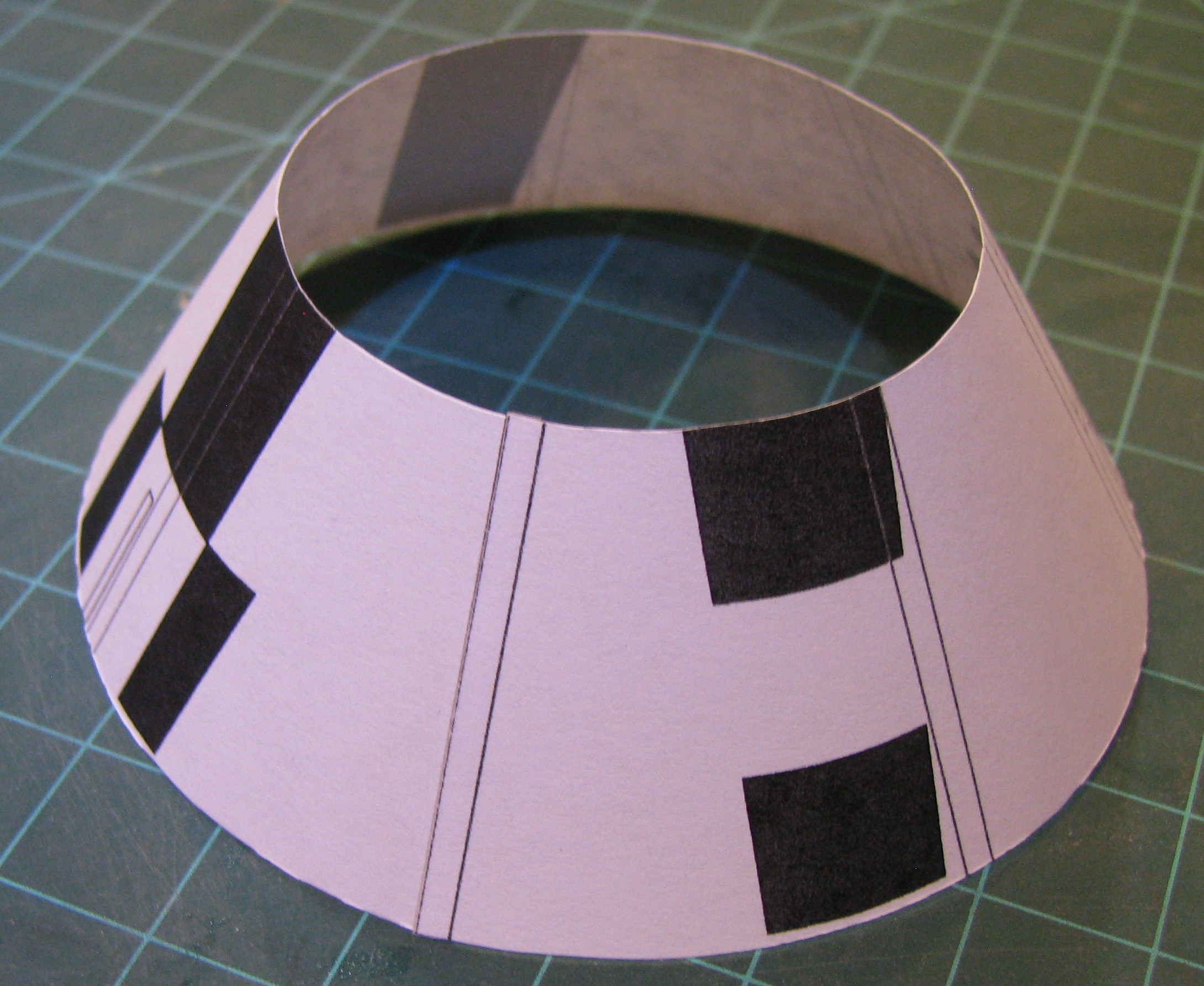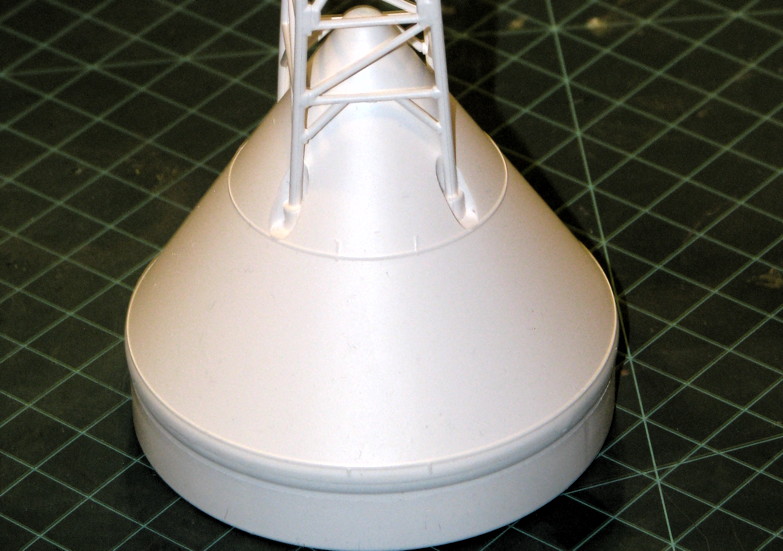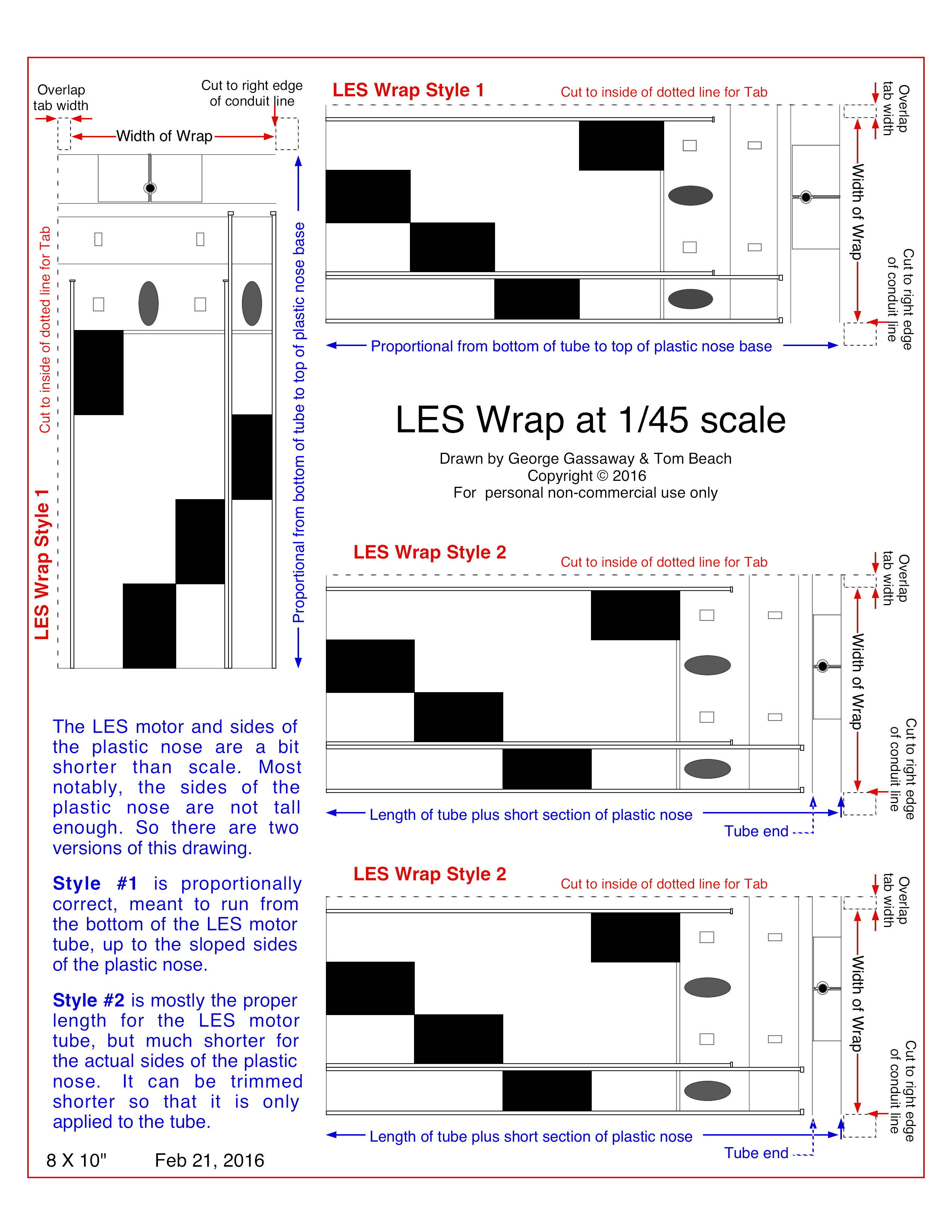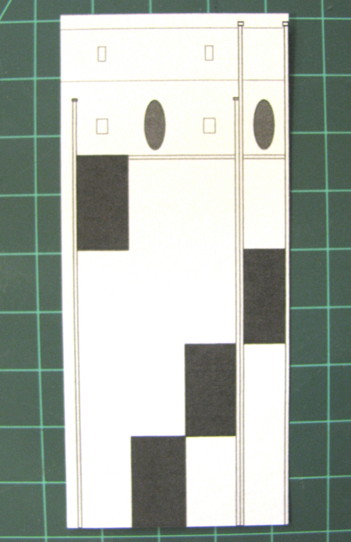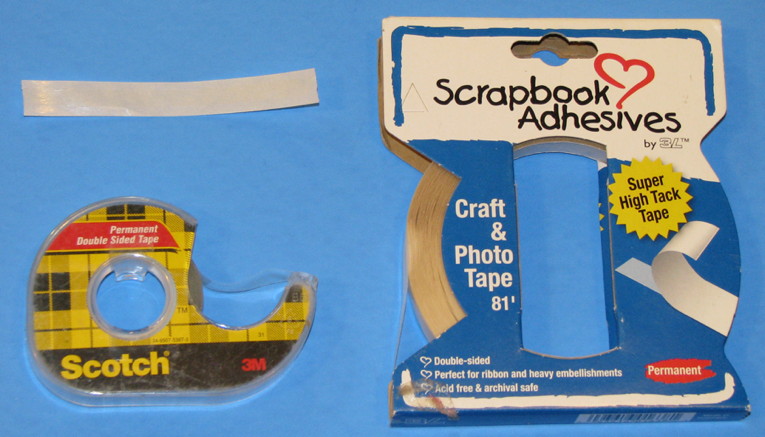- Joined
- Jan 17, 2009
- Messages
- 5,204
- Reaction score
- 1,547
It is interesting that the Estes 2016 Catalog mentions the D12-3 and E12-4 for this kit. Weather is a factor, it seems that they would be fine on a very calm day, but with any wind, the E30 would be a better choice. I remember reading that the tester wasn't happy with a couple of the flights, so to be safe in all conditions they now only recommend the E30.
True. I can see why a D12 was not universally recommended for all weather. But I'm going fly mine first on a D12-3, on a calm day, and see how it goes. I've flown a lot of models bigger and heaver than this on D12 power.
The E30 just turns me off. It's not an Estes thing, it's a thrust level thing (I've seen a lot of scale model fly on a E30 that would have looked nicer boosting on an E15). One moment it is on the pad, the next it is streaking off crazy fast. I do not like for scale models to do that, unless it's realistic (like say the old Sprint ABM).
So when I go with more than a D12, my first choice for an E will be the E15. I have flown my 1/39.5 scale models with E15-4's, and those weigh about twice what this kit does. I also understand that the E20 is pretty much like an E15, I looked at the thrust curves and they do look alike. Reload-wise, I'd probably use an E18.
Also as I said a few messages up, if a person modified the model to fly on 29mm engines, I think the Estes E16 and F15 would fly it very nicely.
Last edited:




